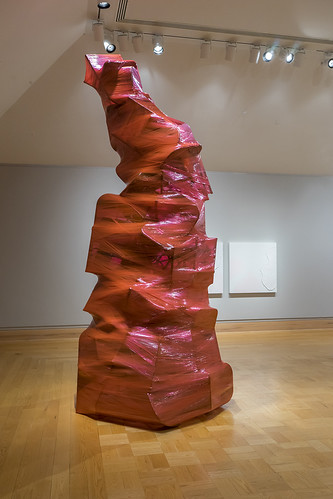In the second half of its twelfth cycle, funding assistance with shipping and travel was recommended for fifteen artists. These artists--five of them past Nohl Fellows—work in a range of media and their exhibitions will take them to Los Angeles and San Francisco, California; Denver, Colorado; Des Moines, Iowa; East Lansing, Michigan; Minneapolis, Minnesota; Columbus, Ohio; Pittsburgh, Pennsylvania; Gatlinburg, Tennessee; Richmond, Virginia; and Kenosha, Wisconsin. Destinations abroad include Vancouver, Canada.
Bass Structures (Emmanuel Fritz & Collin Schipper) participated in an exhibition at the CREATE Art and Technology Festival in Pittsburgh, Pennsylvania, the country's largest festival focusing on the intersection of visual art and technology and part of the Three Rivers Arts Festival.

Jim Brozek opened a solo exhibition, "Iron Hulls and Turbulent Waters: Ore Boats, Workers and Great Lakes Shipping," at the Michigan State University Museum in East Lansing. The exhibition includes 24 photographs and a slide show made while working on the iron hulls. In conjunction with the exhibition, Brozek gave a public lecture, "Capturing the Iron Hulls from the Inside: Worker/photographer, Photographer/worker."
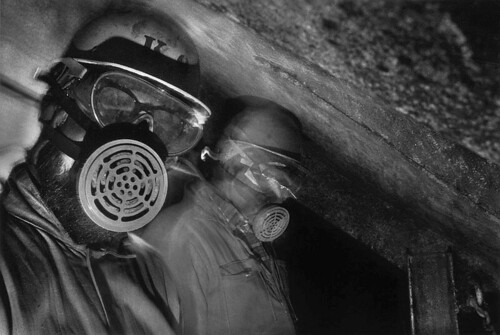
Katy Cowan opens a solo exhibition at Cherry and Martin in November. She will be shipping large ceramic sculptures, wooden pallet-inspired sculptures, and paintings to the Los Angeles gallery.
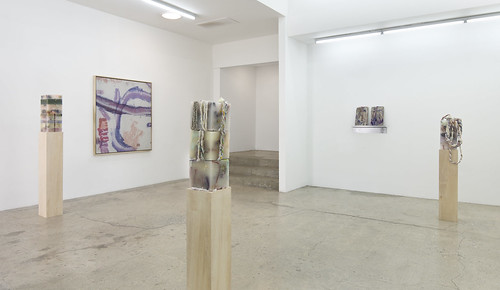
Maura Kelly Doyle traveled to Richmond, Virginia for Friends, a group exhibition at Mulberry Gallery. In addition to showing a photograph and two sculptures, Doyle gave a presentation about Present Works, the space she co-ran in Milwaukee, and explored ways to connect the two cities.
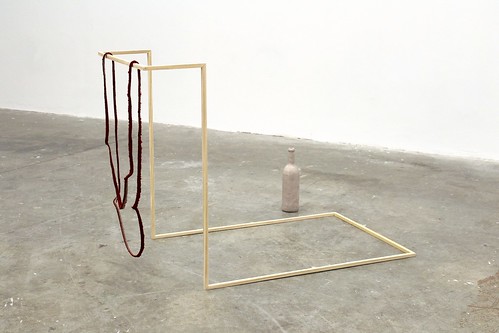
Grant Gill and fellow Milwaukee-based artists Kyle Seis (2014 Nohl Fellow) and Zach Hill (2015 Nohl Fellow) are taking a group exhibition to Skylab Gallery in Columbus, Ohio. The exhibition is a multimedia installation containing works by each individual as well as collaborative works. The work responds to places visited on their way to Four Corners Monument.

Michael J. Havice shipped two photographs to CORE New Art Space, a cooperative members gallery in Denver, Colorado, for Water, a juried into the exhibition.
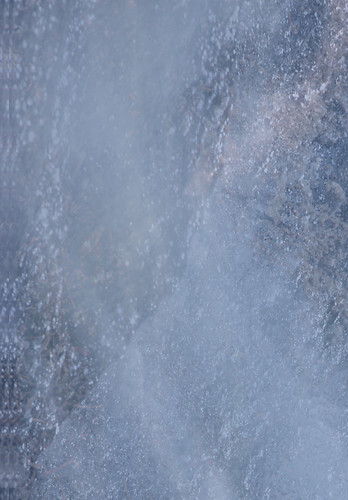
Yevgeniya Kaganovich attended the Midlife Metals Retreat at the Arrowmont School of Arts and Crafts in Gatlinburg, Tennessee and participated in the accompanying exhibition. The retreat for academic metalsmiths focuses on collaborative materials research.
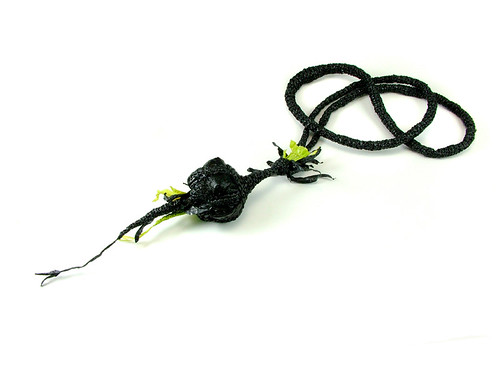
Kelly Kirsthner presented her live audiovisual work, "Falling in Terms of Silent" at The Third Work: Sound/Image/Interaction, a research symposium on sound in non-fiction media at Hunter College in New York City. In addition to performing, Kirshtner discussed the work's audiovisual design and development.

Angela Laughingheart participated, with Dot Spransy, in a hat-themed, two-person exhibition at the Anderson Arts Center in Kenosha, Wisconsin. Laughingheart exhibited crafted fiber hats, drawings and paintings of hats, and a sketchbook of designs.

Kendall Polster participated in a two-person exhibition at the Lindsay Gallery in Columbus, Ohio. Polster's work included 10 welded, repurposed scrap metal sculptures.

Nirmal Raja & Nina Ghanbarzadeh exhibited together for the first time in a two-person show at the Hinterland Art Space in Denver, Colorado. Work included site-specific installations, prints, and mixed media pieces utilizing writing, text, and language.

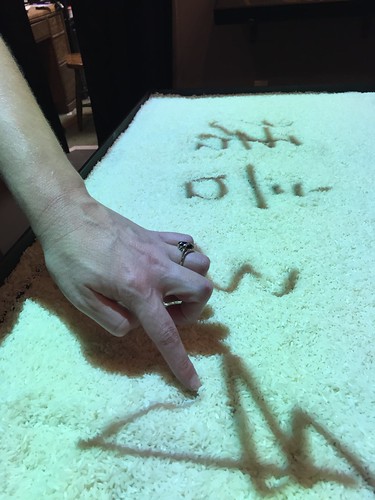
Nathaniel Stern and collaborator Erin Manning created a site-specific version of Weather Patterns: the smell of red at the Vancouver Art Gallery as part of the annual International Symposium on Electronic Art (ISEA) in Vancouver, Canada. The walk-through installation includes tornado machines, spices, fans and fabric. There will be an accompanying publication.

Sonja Thomsen will participate in a group exhibition at the Rayko Photo Center in San Francisco curated by gallery director Ann Jastrab. Thomsen, who attended graduate school in San Francisco and has not exhibited in that city since 2004, will attend the opening.
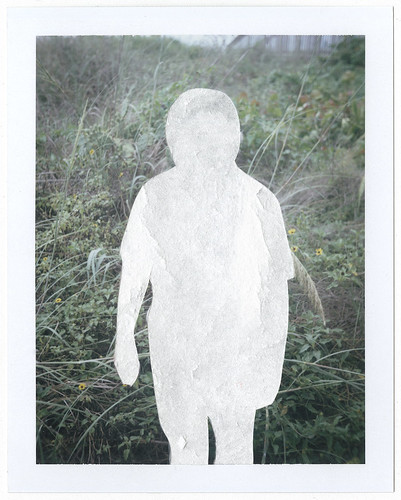
Melissa Wagner-Lawler was invited to show an artist book and a new etching in Parts of a Whole 3 at the Minnesota Center for Book Arts in Minneapolis. The group exhibition features artists recently associated with MCBA.

Shane Walsh will travel to New York City to execute an installation painting as part of a group exhibition at Asya Geisberg Gallery. The exhibition will include three additional paintings of his.
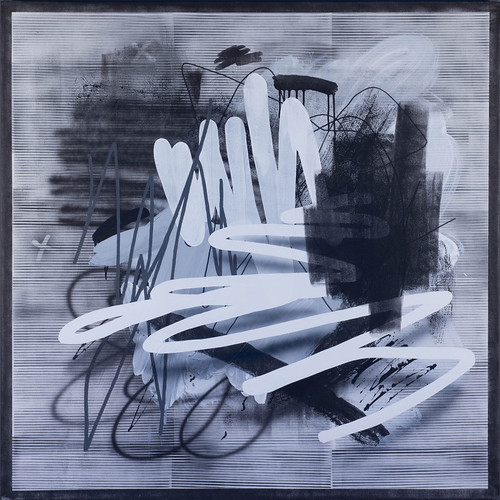
Jason S. Yi spent several days in the downtown Capital Square Atrium making "Terraform," a large site-specific sculpture, for Art Week Des Moines in Iowa. He was sponsored by Transient Gallery, a new noncommercial space.
